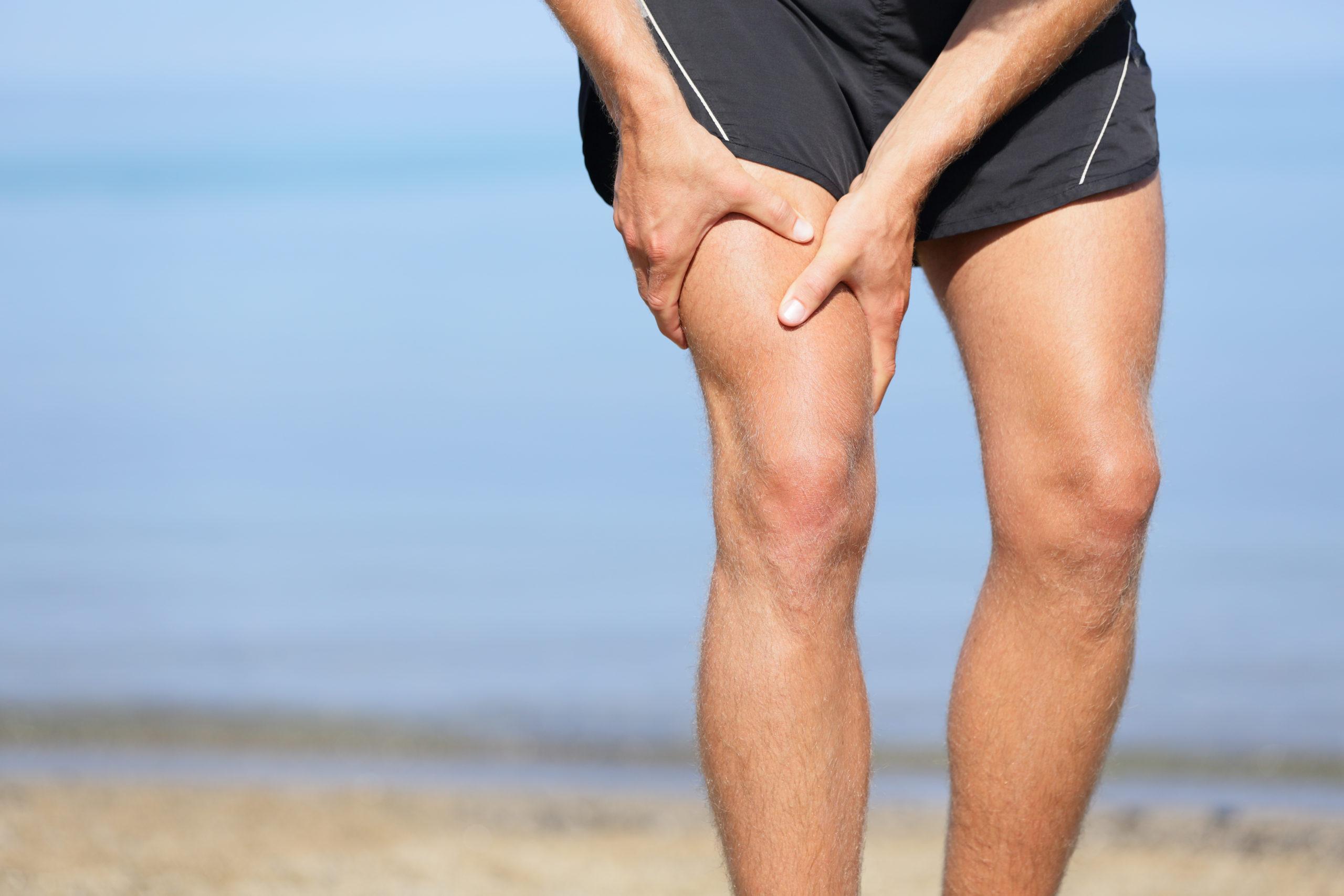Myofascial pain syndrome. Believe it or not, pain isn’t an entirely bad thing. Obviously, it hurts — that’s the bad part. But that’s also what’s good about it. Pain is your body telling you that something is wrong. If you grabbed a scalding hot plate and it didn’t hurt, that would be worrying.
Musculoskeletal pain is relatively common. It may come and go, but instinctively, you know something’s wrong when it becomes persistent. In this post, we’ll review two specific types of muscle pain – trigger points and myofascial pain syndrome – and what you can do to address these.
What are Trigger Points?
Skeletal muscles are primarily inactive and require rest after extensive use. These muscles are tender in their relaxed state but stiff and tight when flexed. If muscle fibers are injured due to trauma or strained due to overexertion or overuse, they can become sensitive and tight all the time. People often refer to muscle fibers that are constantly in a contracted state as “knots.”
Your muscles promote the flow of fluids when shifting between relaxed and flexed states. Being stuck in a contracted state hinders blood flow, depriving the fibers of nutrients and oxygen.
Waste materials also accumulate and irritate the area. So much so that activating or putting pressure on these fibers triggers pain throughout the entire muscle. This can happen even if the other parts of the muscle are in good condition. That’s why the injured or strained fibers are called trigger points.
Trigger points may feel like small bumps or nodules when probed, though touching them usually hurts. And despite being called trigger points, they sometimes begin to hurt spontaneously, requiring no trigger at all.
Worst of all, a single untreated trigger point may result in the formation of more trigger points. This is because the localized pain prevents you from using the affected muscle. Underuse makes the entire muscle tight and weak, forcing other surrounding muscles to pick up the slack and form their own trigger points.
What are the Risk Factors for Developing Trigger Point Pain?
A risk factor is anything that increases the chances of developing a specific medical condition. Trigger point risk factors include:
- Anxiety and stressPeople who are anxious and stressed tend to clench their muscles repeatedly and for prolonged periods.
- Repetitive movements and poor postureOverused muscles are especially prone to the development of trigger points. Examples of continual muscle stress include repetitive movements at work and bad posture while standing or sitting.
- Intense exertionExtreme muscle activations during heavy lifting, sudden bursts of speed, and explosive movements can all contribute to the development of trigger points.

- Acute muscle injuriesBruised and overstretched muscles caused by work accidents or sports injuries are susceptible to getting trigger points.
What can Maple Grove Residents do to Fix Trigger Points?
In some cases, self-care measures such as rest and massage are enough. However, it’s common for trigger points to deteriorate into a condition known as myofascial pain syndrome. When that happens, a doctor of chiropractic may offer some form of trigger point therapy to help with relief.
What are Myofascial Trigger Points?
“Syndrome” is a fancy word for a distinct set of symptoms. Myofascial pain syndrome may include some or all of the following symptoms:
- Tender or sore muscles with localized knots
- Musculoskeletal pain that throbs or aches
- Chronic pain that persists and/or becomes more intense over time
- Chronic pain that makes it difficult to fall sleep
- Chronic pain that disrupts sleep in the middle of the night
How do Maple Grove Chiropractors Treat Myofascial Pain Syndrome?
Chiropractic therapy helps you avoid surgical or pharmaceutical treatments that often do more harm than good. By applying various techniques, adjustments, and stretches to restore healthy blood flow, your chiropractor can alleviate pain caused by trigger points. Most treatments involve the application of gentle pressure to loosen up affected muscles. The healing process will likely require several sessions, regardless of which specific movement or
chiropractic technique is applied.
What Does Chiropractic Therapy for Myofascial Pain Syndrome Look Like?
Generally, chiropractic therapy involves treating the trigger points causing myofascial pain. Procedures that may be applied to your case include:
- MassageMassage therapy improves circulation, breaks up scar tissue, reduces stress, and releases tension along affected muscle fibers. Massage therapy also helps boost immunity, increase energy and alertness, lower heart rate and blood pressure, and stimulate the release of our body’s all-natural painkiller, endorphins.

- StretchingGentle and light stretching exercises are also essential when releasing tension and relieving muscle pain. Your chiropractor may use a technique called pin and stretch to target trigger points. With this method, the therapist uses their thumb, hand, elbow, or forearm to “pin” the muscle. Next, they use their other hand to stretch that muscle out and away from the pinned point. This results in a stretch much deeper than what could be achieved if the muscle was unpinned.
- Posture correction trainingPosture correction training helps you minimize posture-related pressure on muscle fibers. Exercising muscles that surround the trigger point prevents the proliferation of additional trigger points and speeds up recovery at the source of the problem.
- Heat therapyApplying elevated temperatures to affected areas with a hot pack or all over the body via a hot bath or sauna session may be used to reduce muscle tension and pain.
Some chiropractors may recommend alternative treatments such as dry needling or acupuncture. While both involve inserting needles into the body, dry needling is the placement of needles in the muscle tissue surrounding a trigger point or knot to release tension. Acupuncture, on the other hand, stimulates the muscle’s nerves to promote the release of endorphins, which help relieve muscle aches and pains.
How Long Does it Take to Treat Myofascial Pain Syndrome?
As with most health conditions, the earlier you begin treatment, the sooner you’ll notice results. If you see a Maple Grove chiropractor about myofascial pain syndrome early in its development, treatment tends to be shorter, less extensive, and less expensive. You may even notice significant pain relief after the initial session. However, multiple sessions are necessary for correction and to guard against relapse or regression.
Should I see a Maple Grove Chiropractor About Trigger Points?
Absolutely! Prevention is always better than remediation, even if trigger points aren’t the root cause of your pain. At Total Spine Health & Injury Center in Maple Grove, we provide patients with long-lasting relief from any spine-related issues they face – trigger points, myofascial pain syndrome, or anything else. Give us a call to
schedule an appointment with us today.



